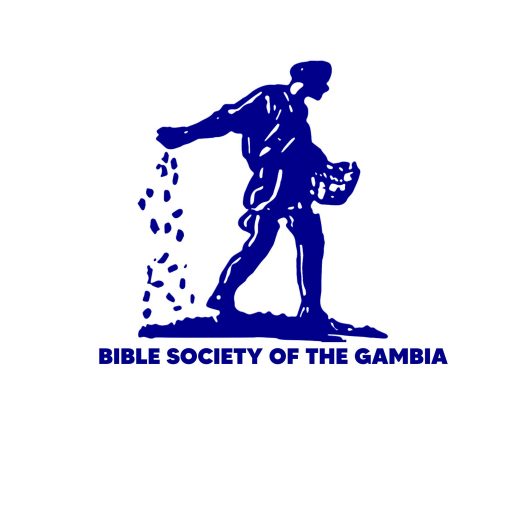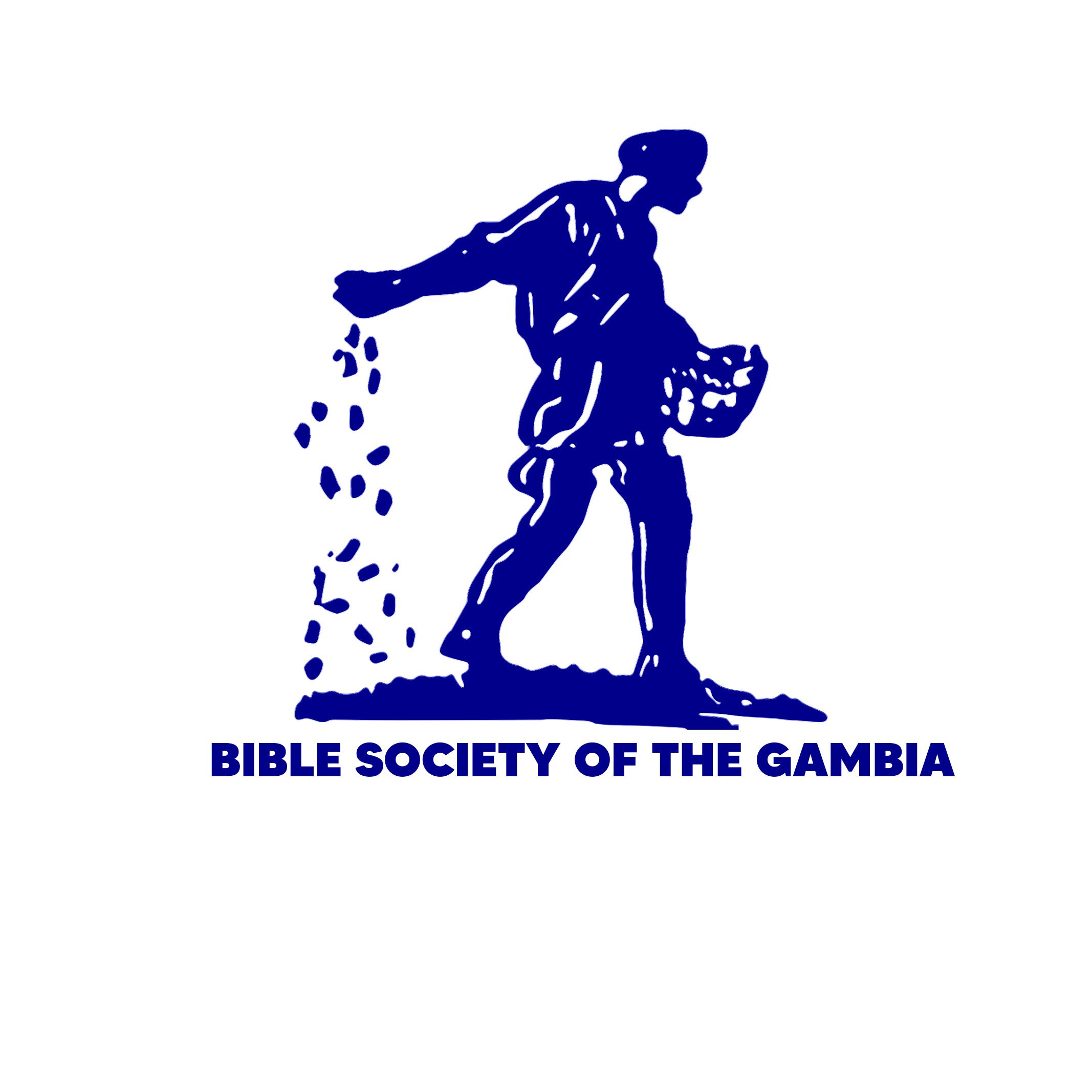Judah's Land
1 The clans of the Judah tribe were given land that went south along the border of Edom, and at its farthest point south it even reached the Zin Desert. 2 Judah's southern border started at the south end of the Dead Sea. 3 As it went west from there, it ran south of Scorpion Pass to Zin, and then came up from the south to Kadesh-Barnea. It continued past Hezron up to Addar, turned toward Karka, 4 and ran along to Azmon. After that, it followed the Egyptian Gorge and ended at the Mediterranean Sea. This was also Israel's southern border.
5 Judah's eastern border ran the full length of the Dead Sea.
The northern border started at the northern end of the Dead Sea. 6 From there it went west up to Beth-Hoglah, continued north of Beth-Arabah, and went up to the Monument of Bohan, who belonged to the Reuben tribe. 7 From there, it went to Trouble Valley and Debir, then turned north and went to Gilgal, which is on the north side of the valley across from Adummim Pass. It continued on to Enshemesh, Enrogel, 8 and up through Hinnom Valley on the land sloping south from Jerusalem. The city of Jerusalem itself belonged to the Jebusites.
Next, the border went up to the top of the mountain on the west side of Hinnom Valley and at the north end of Rephaim Valley. 9 At the top of the mountain it turned and went to Nephtoah Spring and then to the ruins on Mount Ephron. From there, it went to Baalah, which is now called Kiriath-Jearim.
10 From Baalah the northern border curved west to Mount Seir and then ran along the northern ridge of Mount Jearim, where Chesalon is located. Then it went down to Beth-Shemesh and over to Timnah. 11 It continued along to the hillside north of Ekron, curved around to Shikkeron, and then went to Mount Baalah. After going to Jabneel, the border finally ended at the Mediterranean Sea, 12 which was Judah's western border.
The clans of Judah lived within these borders.
Caleb's Land
(Judges 1.12-15)13 Joshua gave Caleb some land among the people of Judah, as God had told him to do. Caleb's share was Hebron, which at that time was known as Arba's Town, because Arba was the famous ancestor of the Anakim.
14 Caleb attacked Hebron and forced the three Anakim clans of Sheshai, Ahiman, and Talmai to leave. 15 Next, Caleb started a war with the town of Debir, which at that time was called Kiriath-Sepher. 16 He told his men, “The man who captures Kiriath-Sepher can marry my daughter Achsah.”
17 Caleb's nephew Othniel captured Kiriath-Sepher, and Caleb let him marry Achsah. 18 Right after the wedding, Achsah started telling Othniel that he ought to ask her father for a field. She went to see her father, and while she was getting down from her donkey, Caleb asked her, “What's bothering you?”
19 She answered, “I need your help. The land you gave me is in the Southern Desert, so I really need some spring-fed ponds for a water supply.”
Caleb gave her a couple of small ponds, named Higher Pond and Lower Pond.
Towns in Judah's Land
20 The following is a list of the towns in each region given to the Judah clans:
21-32 The first region was located in the Southern Desert along the border with Edom, and it had the following 29 towns with their surrounding villages:
Kabzeel, Eder, Jagur, Kinah, Dimonah, Aradah, Kedesh, Hazor of Ithnan, Ziph, Telem, Bealoth, Hazor-Hadattah, Kerioth-Hezron, which is also called Hazor, Amam, Shema, Moladah, Hazar-Gaddah, Heshmon, Beth-Pelet, Hazar-Shual, Beersheba and its surrounding villages, Baalah, Iim, Ezem, Eltolad, Chesil, Hormah, Ziklag, Madmannah, Sansannah, Lebaoth, Shilhim, and Enrimmon.
33-36 The second region was located in the northern part of the lower foothills, and it had the following 14 towns with their surrounding villages:
Eshtaol, Zorah, Ashnah, Zanoah, En-Gannim, Tappuah, Enam, Jarmuth, Adullam, Socoh, Azekah, Shaaraim, Adithaim, Gederah, and Gederothaim.
37-41 The third region was located in the southern part of the lower foothills, and it had the following 16 towns with their surrounding villages:
Zenan, Hadashah, Migdalgad, Dilan, Mizpeh, Joktheel, Lachish, Bozkath, Eglon, Cabbon, Lahmas, Chitlish, Gederoth, Beth-Dagon, Naamah, and Makkedah.
42-44 The fourth region was located in the central part of the lower foothills, and it had the following nine towns with their surrounding villages:
Libnah, Ether, Ashan, Iphtah, Ashnah, Nezib, Keilah, Achzib, and Mareshah.
45-47 The fifth region was located along the Mediterranean seacoast, and it had the following towns with their surrounding settlements and villages:
Ekron and the towns between there and the coast, Ashdod and the larger towns nearby, Gaza, the towns from Gaza to the Egyptian Gorge, and the towns along the coast of the Mediterranean Sea.
48-51 The sixth region was in the southwestern part of the hill country, and it had the following eleven towns with their surrounding villages:
Shamir, Jattir, Socoh, Dannah, Kiriath-Sannah, which is now called Debir, Anab, Eshtemoh, Anim, Goshen, Holon, and Giloh.
52-54 The seventh region was located in the south-central part of Judah's hill country, and it had the following nine towns with their surrounding villages:
Arab, Dumah, Eshan, Janim, Beth-Tappuah, Aphekah, Humtah, Kiriath-Arba, which is now called Hebron, and Zior.
55-57 The eighth region was located in the southeastern part of the hill country, and it had the following ten towns with their surrounding villages:
Maon, Carmel, Ziph, Juttah, Jezreel, Jokdeam, Zanoah, Kain, Gibeah, and Timnah.
58-59 The ninth region was located in the central part of Judah's hill country, and it had the following six towns with their surrounding villages:
Halhul, Beth-Zur, Gedor, Maarath, Beth-Anoth, and Eltekon.
The tenth region was located in the north-central part of Judah's hill country, and it had the following eleven towns with their surrounding villages:
Tekoa, Ephrath, which is also called Bethlehem, Peor, Etam, Culon, Tatam, Shoresh, Kerem, Gallim, Bether, and Manahath.
60 The eleventh region was located in the northern part of Judah's hill country, and it had the following two towns with their surrounding villages:
Rabbah, and Kiriath-Baal, which is also called Kiriath-Jearim.
61-62 The twelfth region was located in the desert along the Dead Sea, and it had the following six towns with their surrounding villages:
Beth-Arabah, Middin, Secacah, Nibshan, Salt Town, and En-Gedi.
The Jebusites
63 The Jebusites lived in Jerusalem, and the people of the Judah tribe could not capture the city and get rid of them. That's why Jebusites still live in Jerusalem along with the people of Judah.
Territoire échu à la tribu de Juda
V. 1-12: cf. (No 34:2-6. Jos 18:15-20.) Ge 49:11, 12.1 La part échue par le sort à la tribu des fils de Juda, selon leurs familles, s’étendait vers la frontière d’Édom, jusqu’au désert de Tsin, au midi, à l’extrémité méridionale. 2 Ainsi, leur limite méridionale partait de l’extrémité de la mer Salée, de la langue qui fait face au sud. 3 Elle se prolongeait au midi de la montée d’Akrabbim, passait par Tsin, et montait au midi de Kadès-Barnéa; elle passait de là par Hetsron, montait vers Addar, et tournait à Karkaa; 4 elle passait ensuite par Atsmon, et continuait jusqu’au torrent d’Égypte, pour aboutir à la mer. Ce sera votre limite au midi. 5 La limite orientale était la mer Salée jusqu’à l’embouchure du Jourdain. La limite septentrionale partait de la langue de mer qui est à l’embouchure du Jourdain. 6 Elle montait vers Beth-Hogla, passait au nord de Beth-Araba, et s’élevait jusqu’à la pierre de Bohan, fils de Ruben; 7 elle montait à Debir, à quelque distance de la vallée d’Acor, et se dirigeait vers le nord du côté de Guilgal, qui est vis-à-vis de la montée d’Adummim au sud du torrent. Elle passait près des eaux d’En-Schémesch, et se prolongeait jusqu’à En-Roguel. 8 Elle montait de là par la vallée de Ben-Hinnom au côté méridional de Jebus, qui est Jérusalem, puis s’élevait jusqu’au sommet de la montagne, qui est devant la vallée de Hinnom à l’occident, et à l’extrémité de la vallée des Rephaïm au nord. 9 Du sommet de la montagne elle s’étendait jusqu’à la source des eaux de Nephthoach, continuait vers les villes de la montagne d’Éphron, et se prolongeait par Baala, qui est Kirjath-Jearim. 10 De Baala elle tournait à l’occident vers la montagne de Séir, traversait le côté septentrional de la montagne de Jearim, à Kesalon, descendait à Beth-Schémesch, et passait par Thimna. 11 Elle continuait sur le côté septentrional d’Ékron, s’étendait vers Schicron, passait par la montagne de Baala, et se prolongeait jusqu’à Jabneel, pour aboutir à la mer. 12 La limite occidentale était la grande mer. Telles furent de tous les côtés les limites des fils de Juda, selon leurs familles.
V. 13-20: cf. (Jos 14:6-15. Jg 1:10-15.)13 On donna à Caleb, fils de Jephunné, une part au milieu des fils de Juda, comme l’Éternel l’avait ordonné à Josué; on lui donna Kirjath-Arba, qui est Hébron: Arba était le père d’Anak. 14 Caleb en chassa les trois fils d’Anak: Schéschaï, Ahiman et Talmaï, enfants d’Anak. 15 De là il monta contre les habitants de Debir: Debir s’appelait autrefois Kirjath-Sépher. 16 Caleb dit: Je donnerai ma fille Acsa pour femme à celui qui battra Kirjath-Sépher et qui la prendra. 17 Othniel, fils de Kenaz, frère de Caleb, s’en empara; et Caleb lui donna pour femme sa fille Acsa. 18 Lorsqu’elle fut entrée chez Othniel, elle le sollicita de demander à son père un champ. Elle descendit de dessus son âne, et Caleb lui dit: Qu’as-tu? 19 Elle répondit: Fais-moi un présent, car tu m’as donné une terre du midi; donne-moi aussi des sources d’eau. Et il lui donna les sources supérieures et les sources inférieures. 20 Tel fut l’héritage des fils de Juda, selon leurs familles.
V. 21-63: cf. Ge 49:8-12. (Jos 19:1-9. Né 11:25-30.)21 Les villes situées dans la contrée du midi, à l’extrémité de la tribu des fils de Juda, vers la frontière d’Édom, étaient: Kabtseel, Éder, Jagur, 22 Kina, Dimona, Adada, 23 Kédesch, Hatsor, Ithnan, 24 Ziph, Thélem, Bealoth, 25 Hatsor-Hadattha, Kerijoth-Hetsron, qui est Hatsor, 26 Amam, Schema, Molada, 27 Hatsar-Gadda, Heschmon, Beth-Paleth, 28 Hatsar-Schual, Beer-Schéba, Bizjothja, 29 Baala, Ijjim, Atsem, 30 Eltholad, Kesil, Horma, 31 Tsiklag, Madmanna, Sansanna, 32 Lebaoth, Schilhim, Aïn, et Rimmon. Total des villes: vingt-neuf, et leurs villages. 33 Dans la plaine: Eschthaol, Tsorea, Aschna, 34 Zanoach, En-Gannim, Tappuach, Énam, 35 Jarmuth, Adullam, Soco, Azéka, 36 Schaaraïm, Adithaïm, Guedéra, et Guedérothaïm; quatorze villes, et leurs villages. 37 Tsenan, Hadascha, Migdal-Gad, 38 Dilean, Mitspé, Joktheel, 39 Lakis, Botskath, Églon, 40 Cabbon, Lachmas, Kithlisch, 41 Guedéroth, Beth-Dagon, Naama, et Makkéda; seize villes, et leurs villages. 42 Libna, Éther, Aschan, 43 Jiphtach, Aschna, Netsib, 44 Keïla, Aczib, et Maréscha; neuf villes, et leurs villages. 45 Ékron, les villes de son ressort et ses villages; 46 depuis Ékron et à l’occident, toutes les villes près d’Asdod, et leurs villages, 47 Asdod, les villes de son ressort, et ses villages; Gaza, les villes de son ressort, et ses villages, jusqu’au torrent d’Égypte, et à la grande mer, qui sert de limite. 48 Dans la montagne: Schamir, Jatthir, Soco, 49 Danna, Kirjath-Sanna, qui est Debir, 50 Anab, Eschthemo, Anim, 51 Gosen, Holon, et Guilo, onze villes, et leurs villages. 52 Arab, Duma, Eschean, 53 Janum, Beth-Tappuach, Aphéka, 54 Humta, Kirjath-Arba, qui est Hébron, et Tsior; neuf villes, et leurs villages. 55 Maon, Carmel, Ziph, Juta, 56 Jizreel, Jokdeam, Zanoach, 57 Kaïn, Guibea, et Thimna; dix villes, et leurs villages. 58 Halhul, Beth-Tsur, Guedor, 59 Maarath, Beth-Anoth, et Elthekon; six villes, et leurs villages. 60 Kirjath-Baal, qui est Kirjath-Jearim, et Rabba; deux villes, et leurs villages. 61 Dans le désert: Beth-Araba, Middin, Secaca, 62 Nibschan, Ir-Hammélach, et En-Guédi; six villes, et leurs villages. 63 Les fils de Juda ne purent pas chasser les Jébusiens qui habitaient à Jérusalem, et les Jébusiens ont habité avec les fils de Juda à Jérusalem jusqu’à ce jour.

